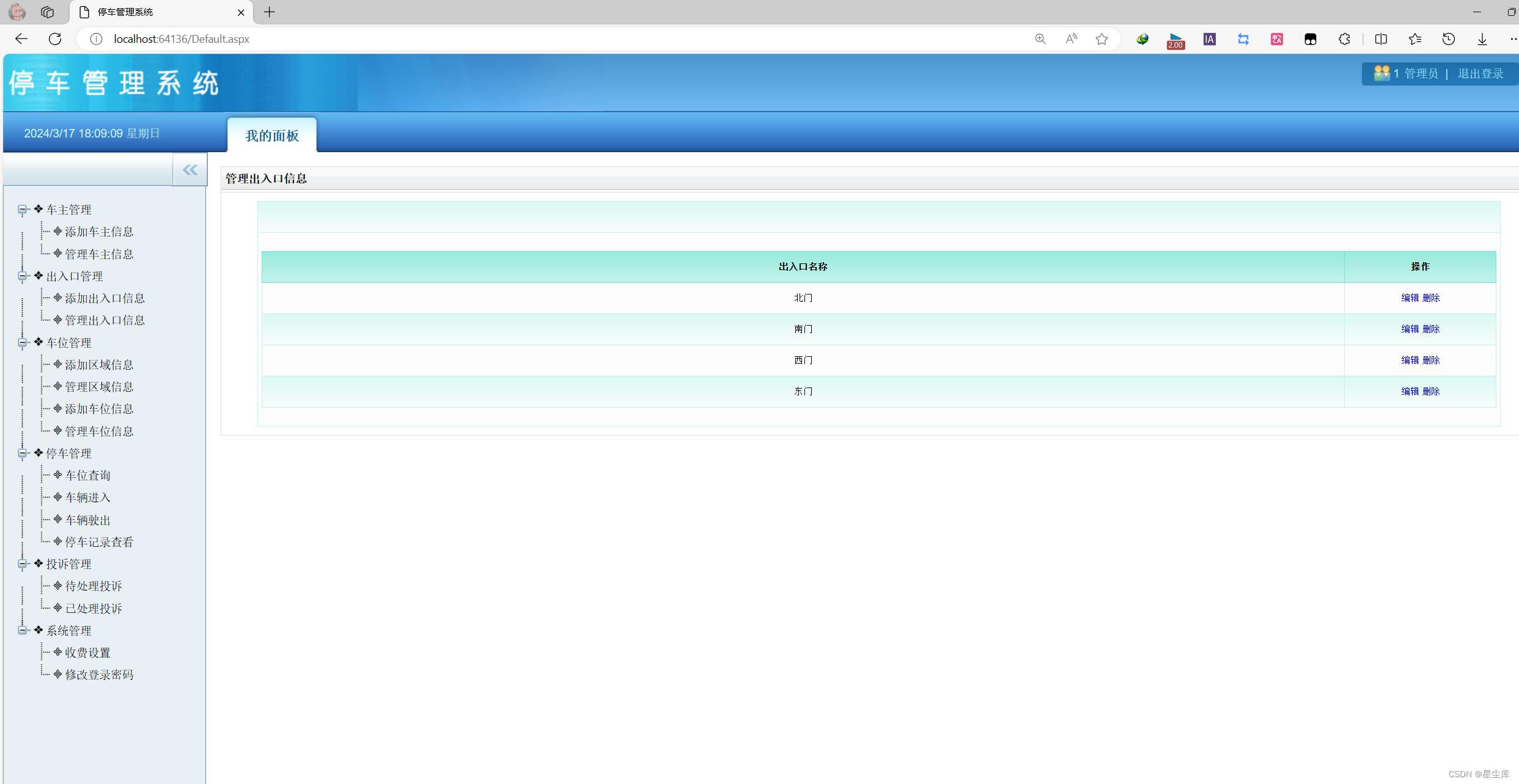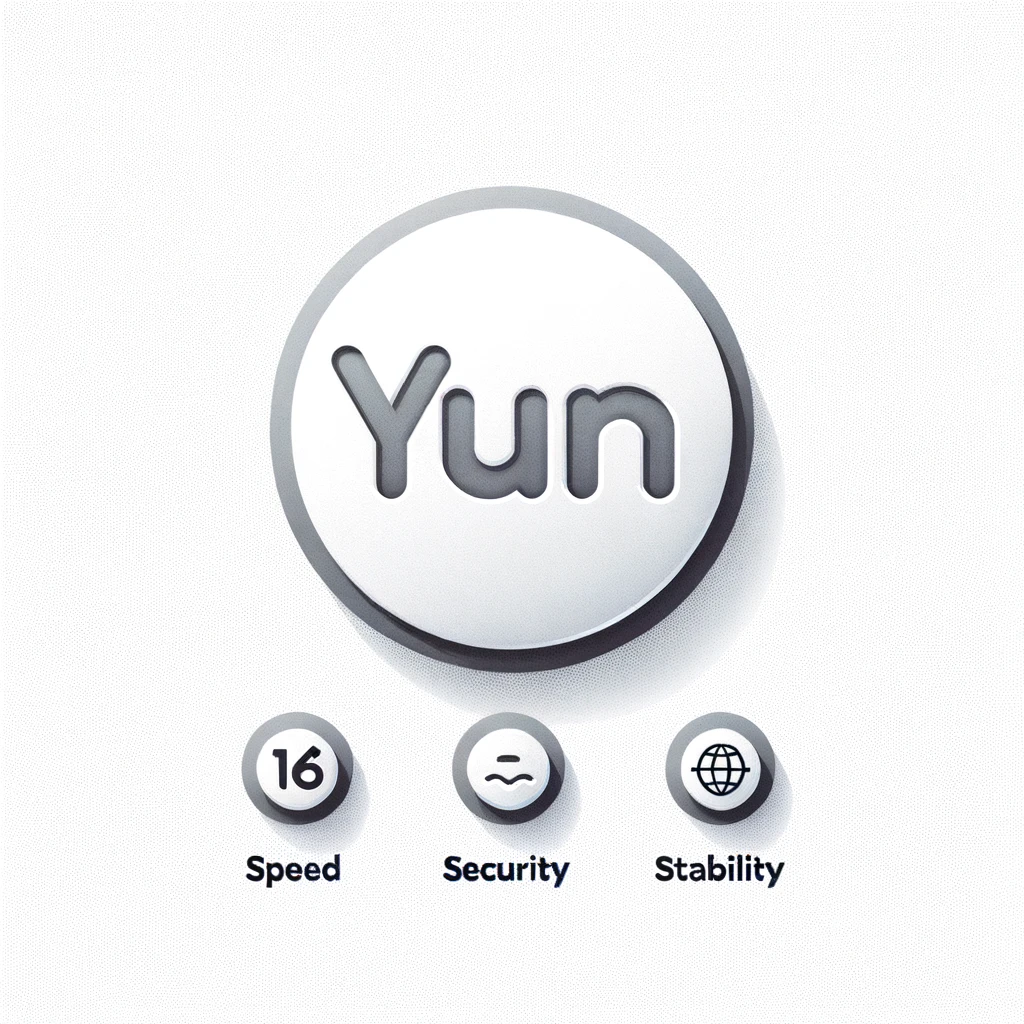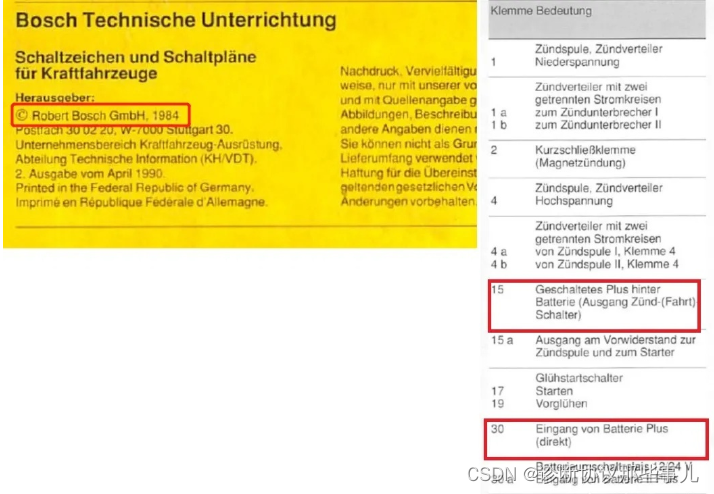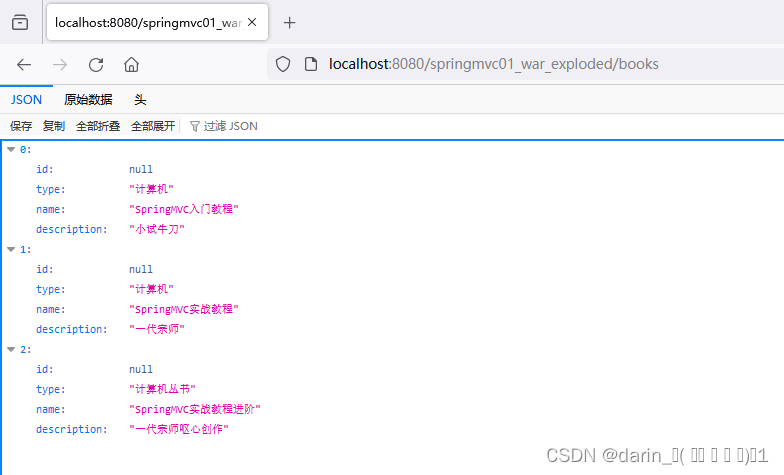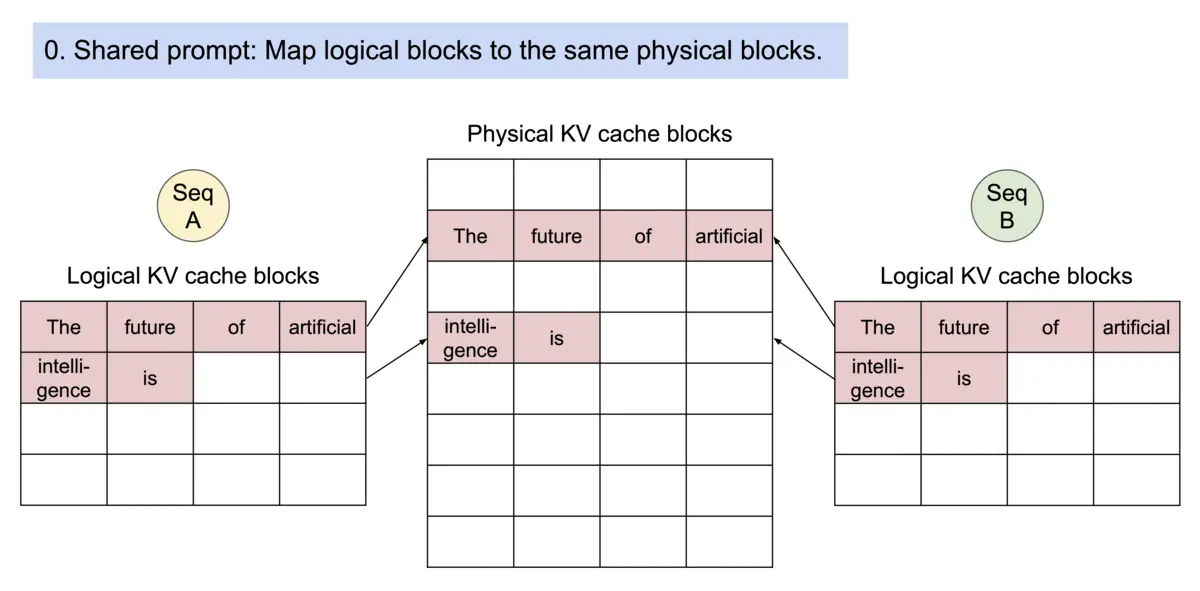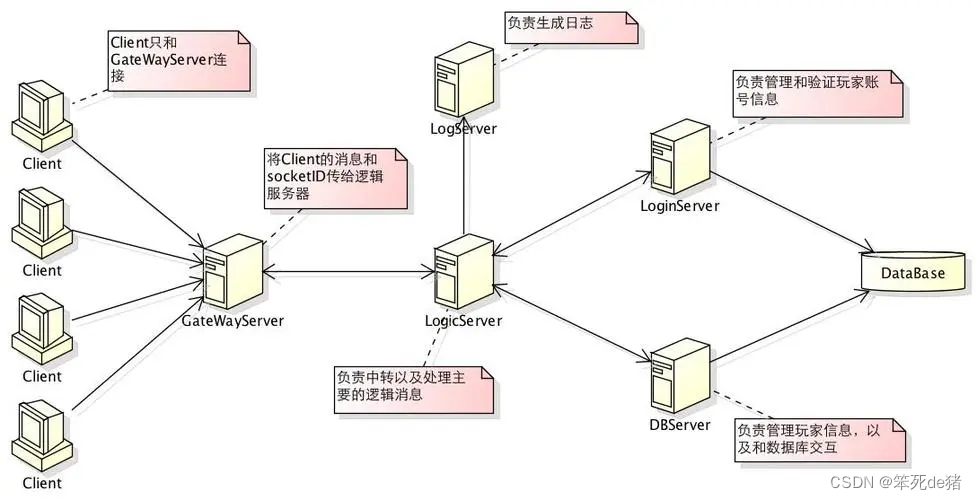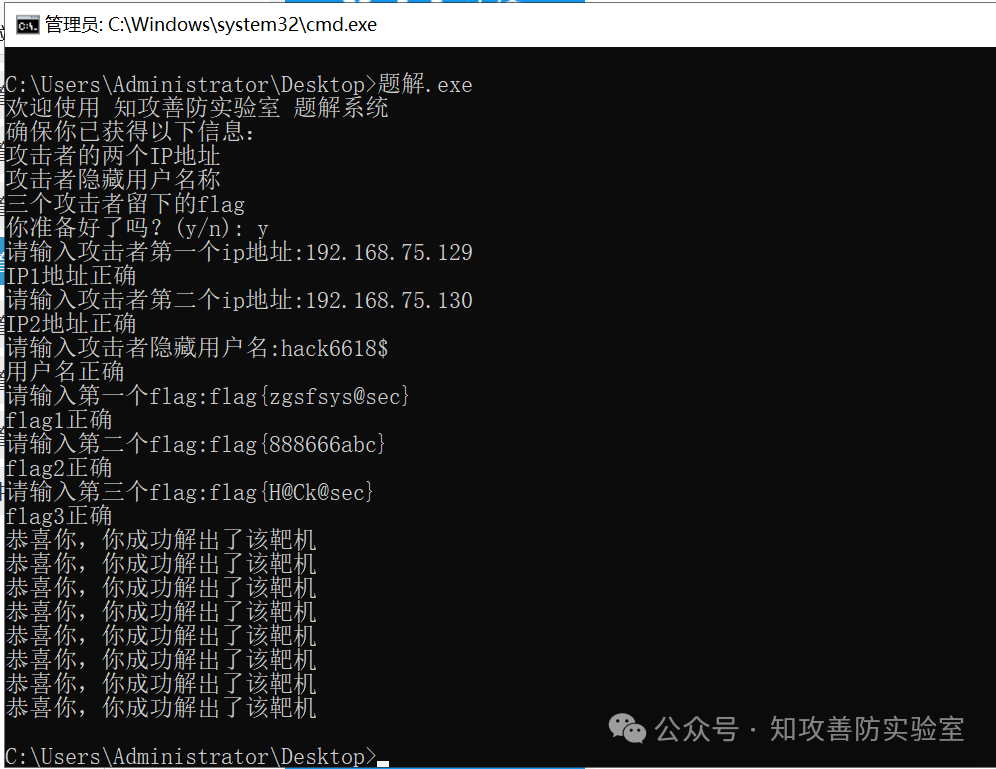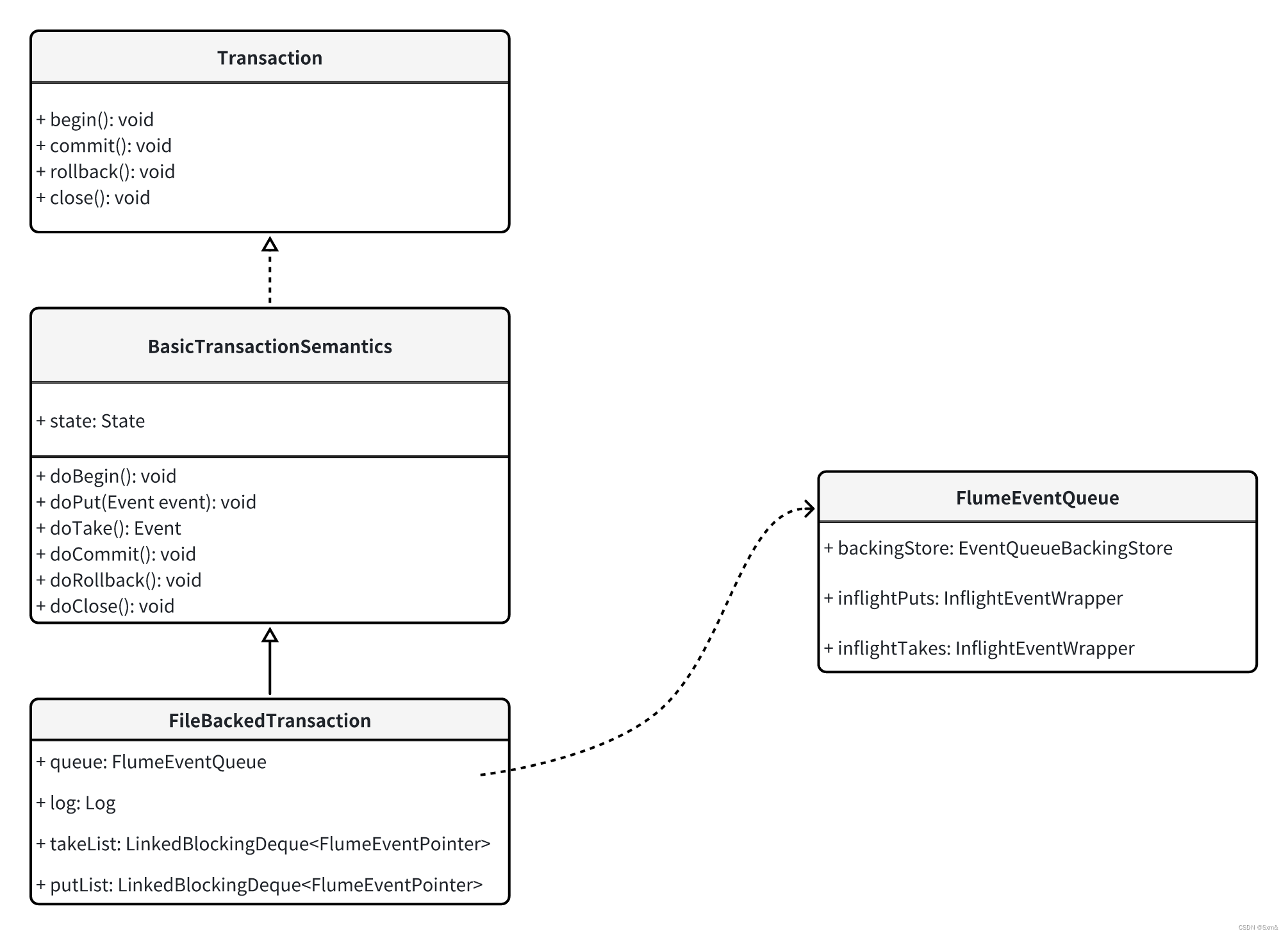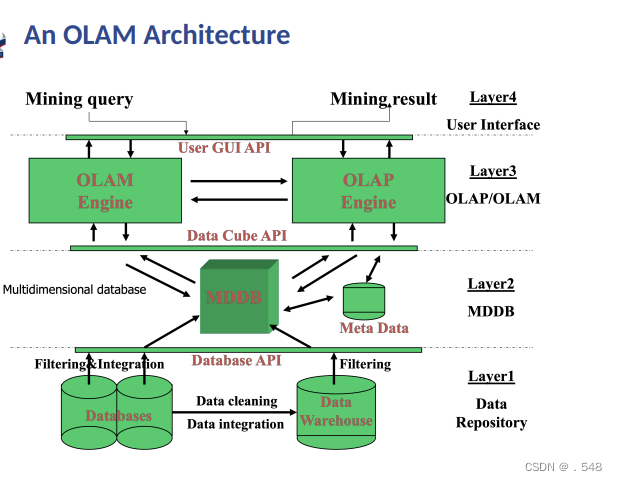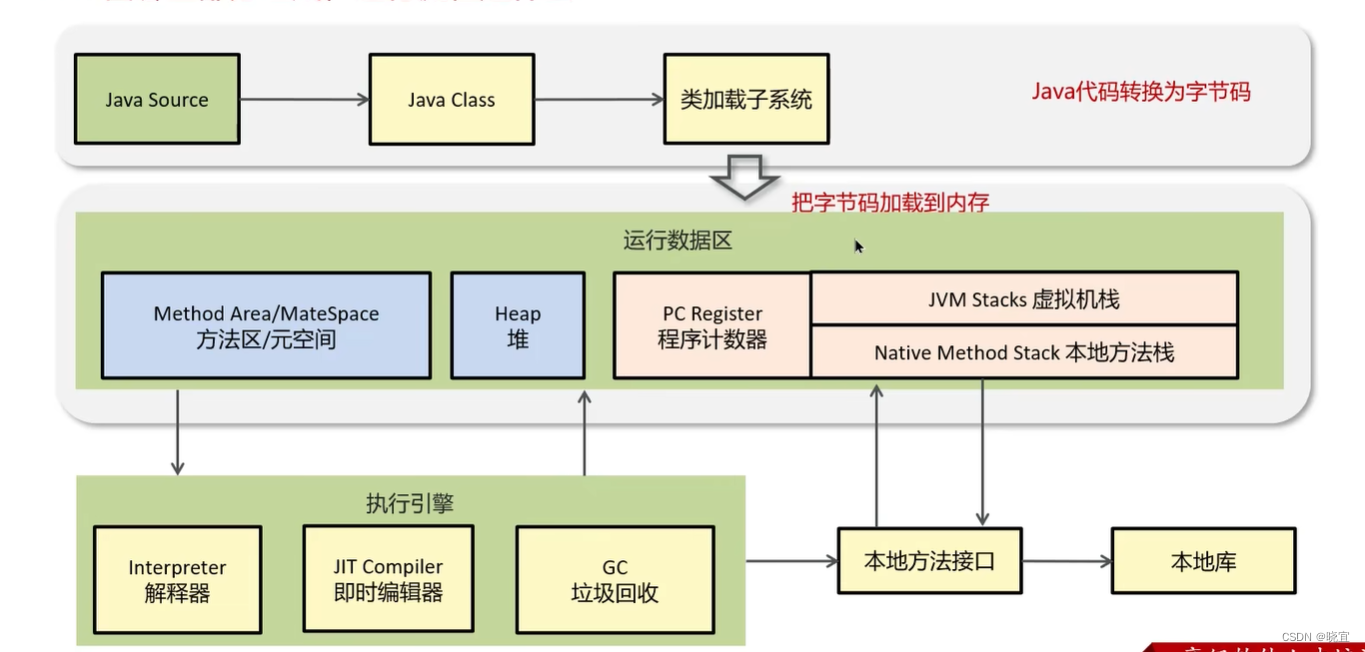目录
1. C++内存分布
2. C++ 内存管理方式
2.1 new 和 delete 操作内置类型
2.2 new 和 delete 操作自定义类型
3. operator new与operator delete函数
4. new和delete的实现原理
5. malloc/free 和 new/delete 的区别
1. C++内存分布
首先看一段代码:
int globalVar = 1;
static int staticGlobalVar = 1;
void Test()
{static int staticVar = 1;int localVar = 1;int num1[10] = { 1, 2, 3, 4 };char char2[] = "abcd";const char* pChar3 = "abcd";int* ptr1 = (int*)malloc(sizeof(int) * 4);int* ptr2 = (int*)calloc(4, sizeof(int));int* ptr3 = (int*)realloc(ptr2, sizeof(int) * 4);free(ptr1);free(ptr3);
}那么看一下这几道题:
- 选项: A.栈 B.堆 C.数据段(静态区) D.代码段(常量区)
| globalVar在哪里?____ staticVar在哪里?____ num1 在哪里?____ | staticGlobalVar在哪里?____ localVar在哪里?____ |
| char2在哪里?____ pChar3在哪里?____ ptr1在哪里?____ | *char2在哪里?___ *pChar3在哪里?____ *ptr1在哪里?____ |
解答如下:
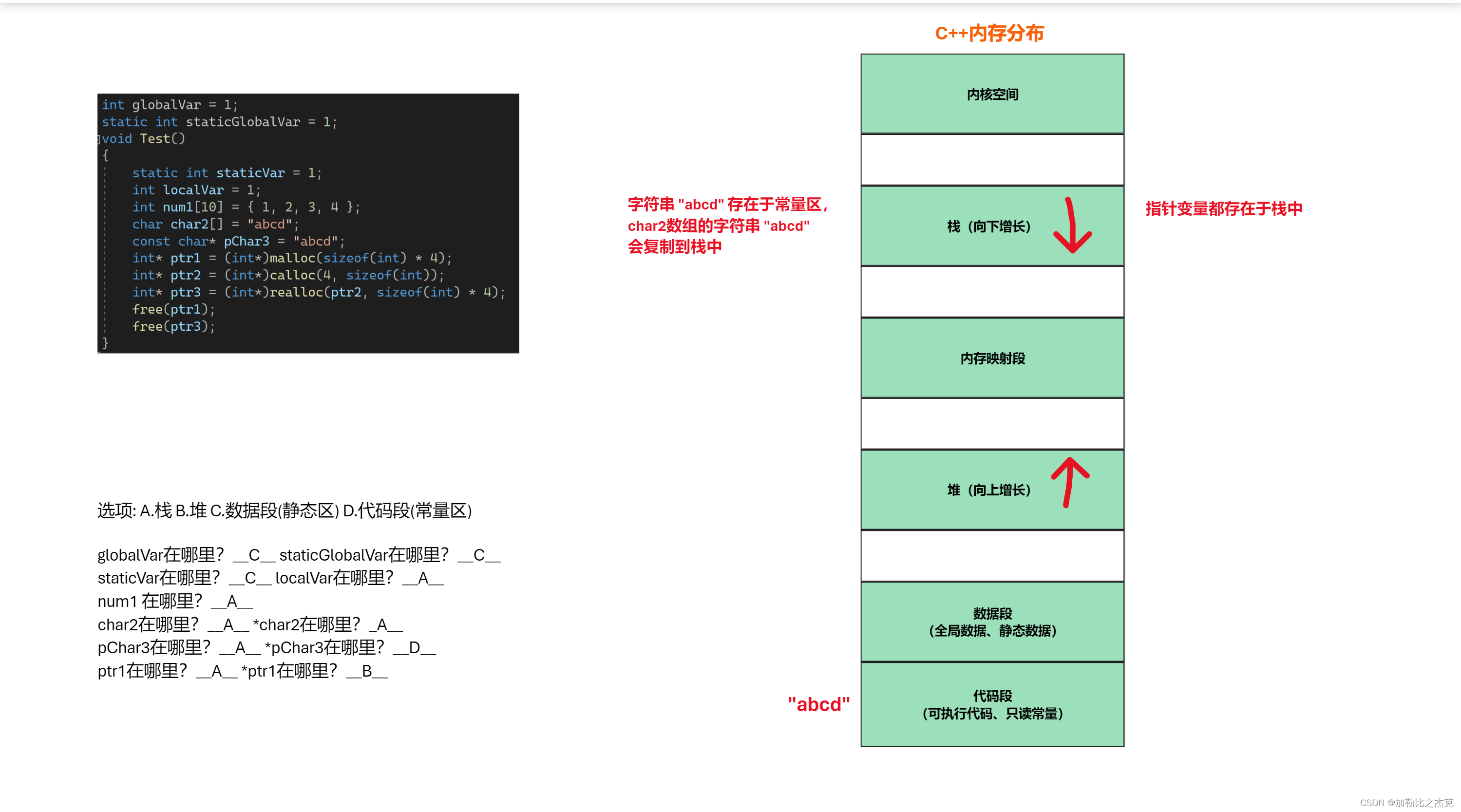
- 这里的char2或者pChar3有问题可以主要参考一下这段代码:
#include <stdio.h>
int main()
{char str1[] = "hello bit.";char str2[] = "hello bit.";const char* str3 = "hello bit.";const char* str4 = "hello bit.";if (str1 == str2)printf("str1 and str2 are same\n");elseprintf("str1 and str2 are not same\n");if (str3 == str4)printf("str3 and str4 are same\n");elseprintf("str3 and str4 are not same\n");return 0;
}- str1 和 str2 不一样,因为这里的字符串都是拷贝来自常量区的字符串,在栈种新开辟两个空间,然而str3 和 str4 都同时指向 常量区相同的空间。
- 再来看几道指针题
sizeof(char2) = __5__; strlen(char2) = __4__;
sizeof(pChar3) = __4 or 8__; strlen(pChar3) = __4 or 8__;
sizeof(ptr1) = __4 or 8__;
如果有问题可以参考一下我之前写的关于指针的文章:
指针进阶(一篇文章即可了解C指针所有内容)-CSDN博客![]() https://blog.csdn.net/m0_68617301/article/details/136449117
https://blog.csdn.net/m0_68617301/article/details/136449117
主要了解一下 sizeof 和 strlen 的区别:
- sizeof 是操作符而 strlen 是函数;
- sizeof 是计算有多少字节,在编译阶段就会被编译成汇编语言;
- strlen 是计算字符串长度,遇到 '\0' 就结束。
内存分布介绍:
- 栈又叫堆栈--非静态局部变量/函数参数/返回值等等,栈是向下增长的。
- 内存映射段是高效的I/O映射方式,用于装载一个共享的动态内存库。用户可使用系统接口创建共享共享内存,做进程间通信。
- 堆用于程序运行时动态内存分配,堆是可以上增长的。
- 数据段--存储全局数据和静态数据。
- 代码段--可执行的代码/只读常量。
2. C++ 内存管理方式
C语言内存管理方式在C++中可以继续使用,但有些地方就无能为力,而且使用起来比较麻烦,因
此C++又提出了自己的内存管理方式:通过new和delete操作符进行动态内存管理。
2.1 new 和 delete 操作内置类型
void Test()
{// 动态申请一个int类型的空间int* ptr4 = new int;// 动态申请一个int类型的空间并初始化为10int* ptr5 = new int(10);// 动态申请10个int类型的空间int* ptr6 = new int[3];delete ptr4;delete ptr5;delete[] ptr6;
}- 如果要是申请n块空间,且要初始化:
int main()
{int* a = new int[10] {1,2,3,4,5,6}; // 剩下的空间就全是0cout << a << endl;return 0;
}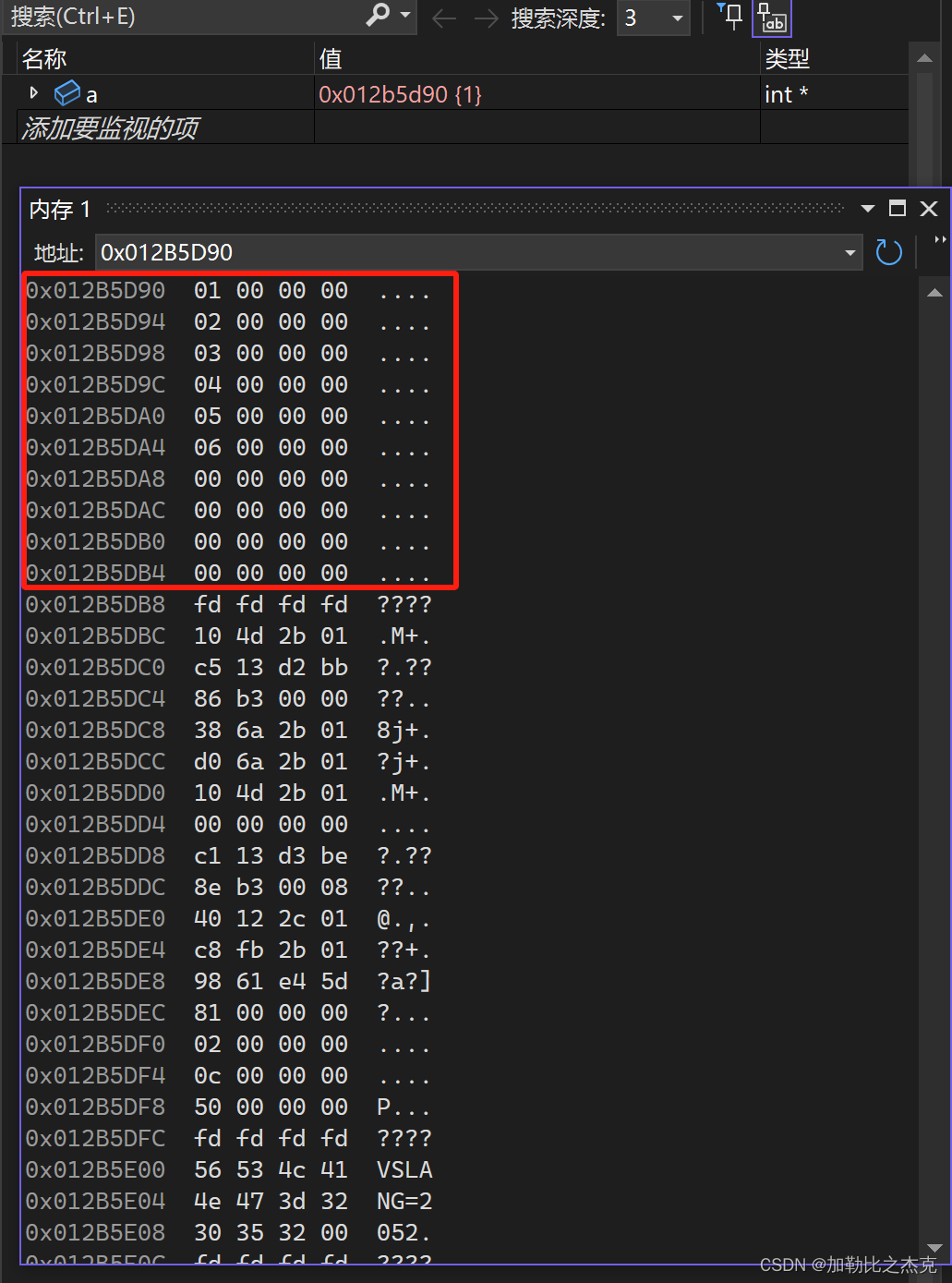
2.2 new 和 delete 操作自定义类型
- 例如创建链表的操作:
struct ListNode
{
public:int _val;ListNode* _next;ListNode(int val):_next(nullptr),_val(val){}
};ListNode* CreateList(int n)
{ListNode* head = new ListNode(-1);ListNode* tail = head;int val;printf("请依次输入%d个节点的值:>", n);for (size_t i = 0; i < n; i++){cin >> val;tail->_next = new ListNode(val);tail = tail->_next;}return head->_next;
}int main()
{ListNode* list = CreateList(5);return 0;
}
3. operator new与operator delete函数
- 概念:new和delete是用户进行动态内存申请和释放的操作符,operator new 和operator delete是系统提供的全局函数,new在底层调用operator new全局函数来申请空间,delete在底层通过operator delete全局函数来释放空间。
- operator new:该函数实际通过malloc来申请空间,当malloc申请空间成功时直接返回;申请空间失败,尝试执行空 间不足应对措施,如果改应对措施用户设置了,则继续申请,否则抛异常。
- operator delete: 该函数最终是通过free来释放空间的。
operator new - C++ Reference (cplusplus.com)
https://legacy.cplusplus.com/reference/new/operator%20new/?kw=operator%20newoperator delete - C++ Reference (cplusplus.com)
https://legacy.cplusplus.com/reference/new/operator%20delete/?kw=operator%20delete这是官网给出的相关解释,可供参考。
4. new和delete的实现原理
- 对于new来说
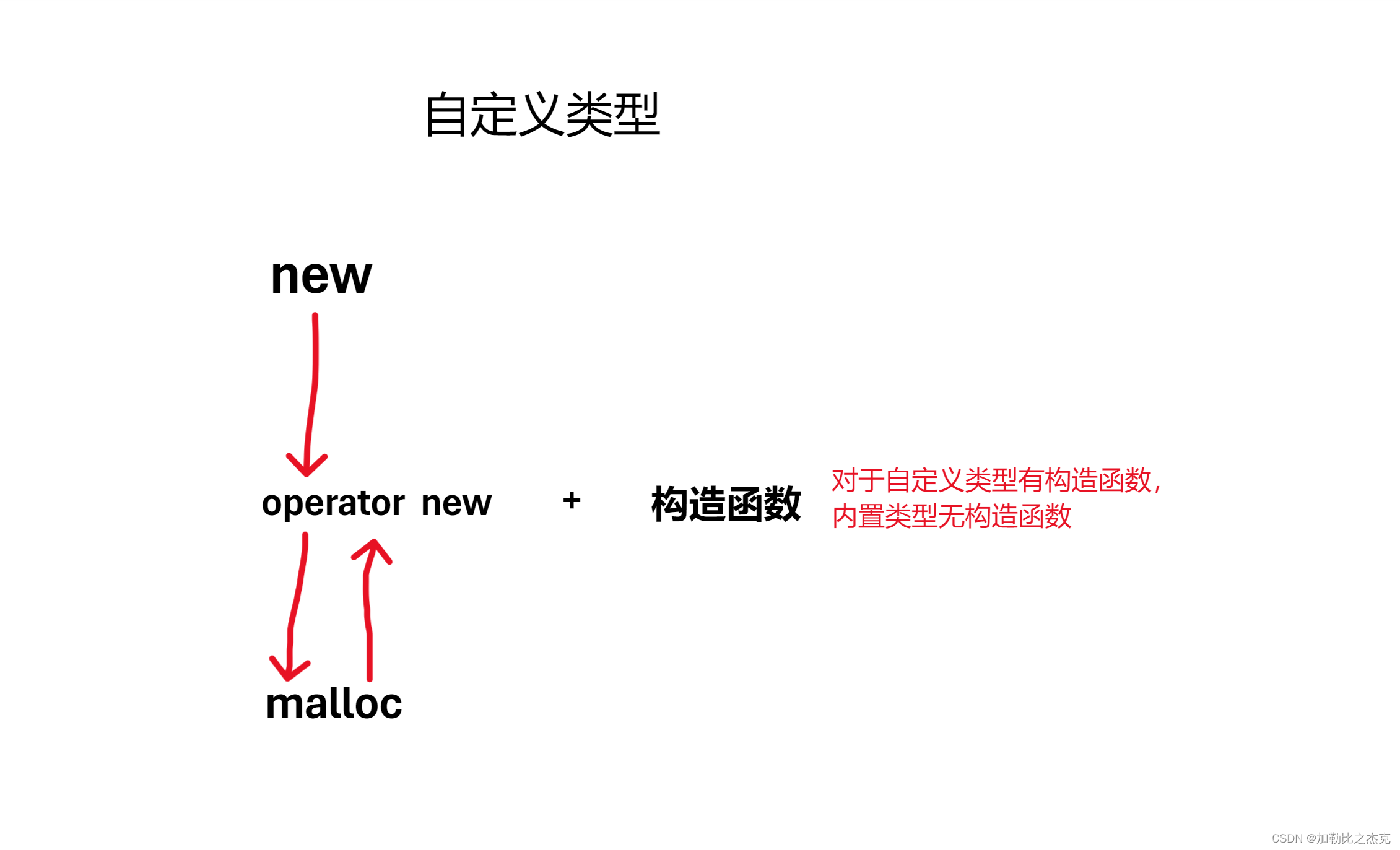
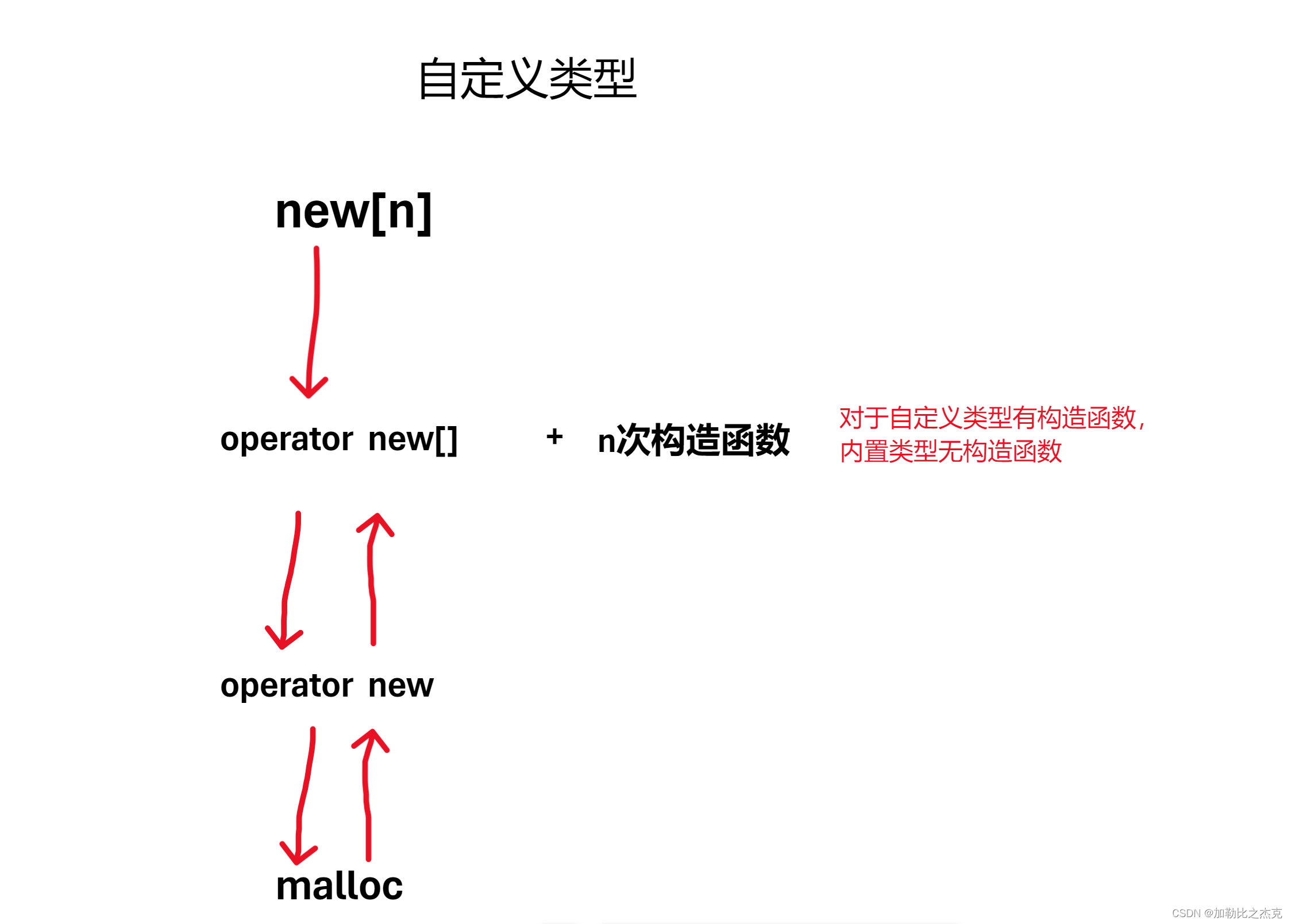
5. malloc/free 和 new/delete 的区别
malloc/free和new/delete的共同点是:都是从堆上申请空间,并且需要用户手动释放。不同的地方是:
- malloc和free是函数,new和delete是操作符
- malloc申请的空间不会初始化,new可以初始化
- malloc申请空间时,需要手动计算空间大小并传递,new只需在其后跟上空间的类型即可,如果是多个对象,[]中指定对象个数即可
- malloc的返回值为void*, 在使用时必须强转,new不需要,因为new后跟的是空间的类型malloc申请空间失败时,返回的是NULL,因此使用时必须判空,new不需要,但是new需要捕获异常
- 申请自定义类型对象时,malloc/free只会开辟空间,不会调用构造函数与析构函数,而new在申请空间后会调用构造函数完成对象的初始化,delete在释放空间前会调用析构函数完成空间中资源的清理。

